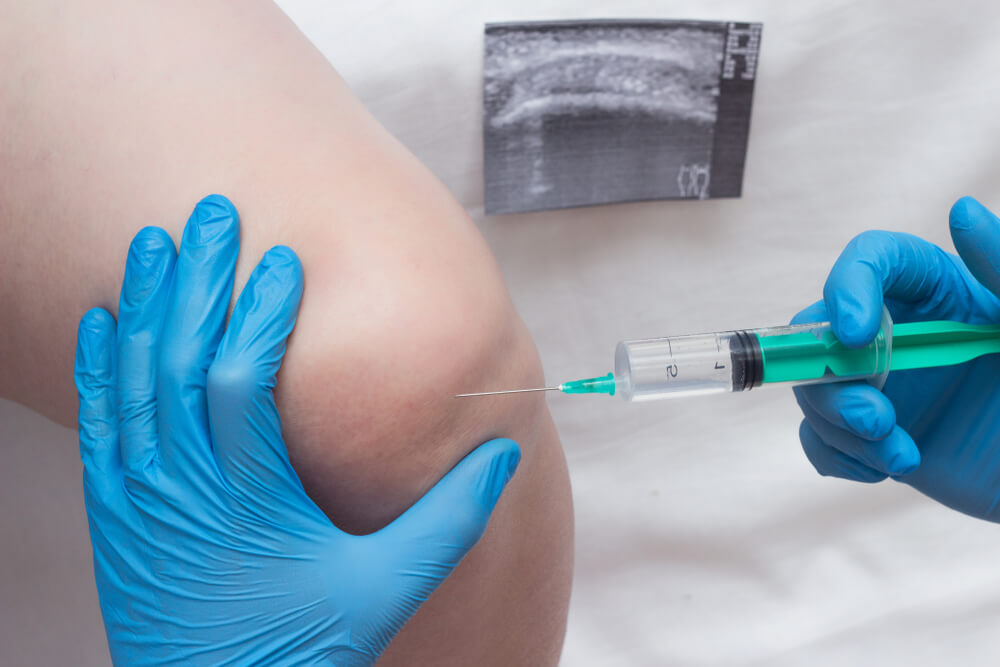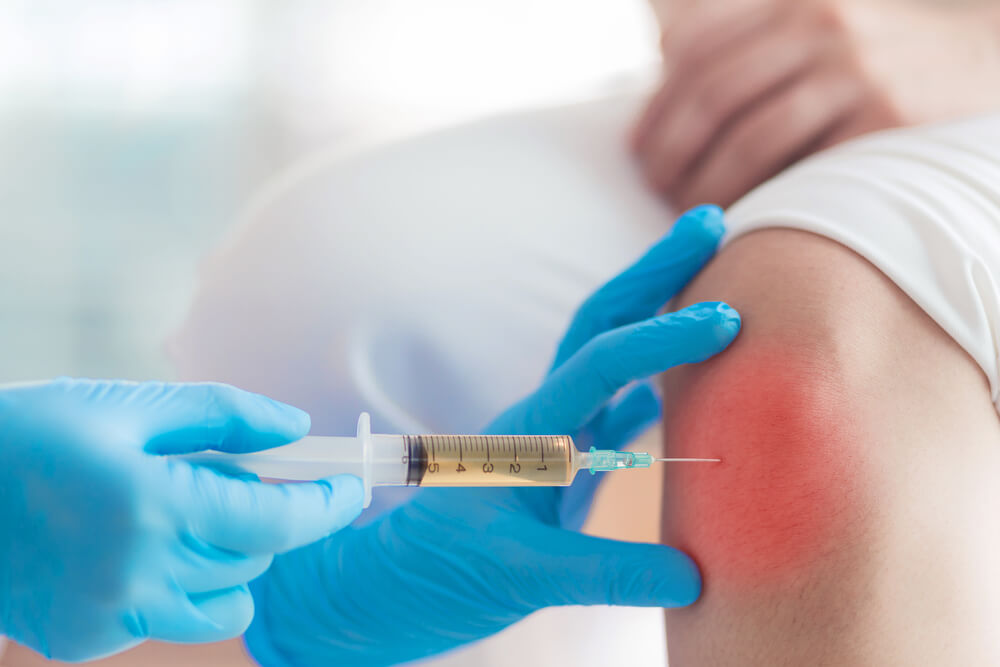Do you suffer from persistent joint pain and inflammation and find that over-the-counter oral anti-inflammatory medications just can’t seem to alleviate your pain? If so, you may be a good candidate for a minimally-invasive, non-surgical joint injection in your affected joint that could provide long-lasting pain relief and help you feel like yourself again. And best of yet, this is an outpatient procedure! At my internal medicine practice in Hialeah, Florida, I’m proud to be able to offer this important pain management treatment to my patients in the comfort of their own primary care physician’s office. This prevents the need for my patients to go to an unfamiliar specialist’s practice for this pain-relieving treatment or pay co-pays for specialists, which may be more expensive depending on my patients’ health insurance plans. You can learn more about having me perform this minimally-invasive procedure by calling my practice at (305) 614-5201 or filling out my appointment request form to schedule a time for us to talk about this treatment option and whether or not it’s right for you and your unique case.
What Are Joint Injections?
A joint injection is an out-patient procedure during which I use ultrasound technology to guide me as I inject your painful joint with a mixture of a local anesthetic and a corticosteroid to provide longterm pain relief. I also rely on your prior x-rays of your problematic area to determine the specific joint that is causing you pain. While the thought of a needle going into a joint that already hurts may be disconcerting – especially for those who have a fear of needles – most of my patients report that they feel only mild discomfort and little to no pain during this outpatient procedure. After your steroid injection, you’ll be monitored for a short time period before you can be safely discharged.
What Are the Benefits of Joint Injections?
Joint injections are typically performed on patients with the following types of medical conditions:
- Degenerative Joint Disease (Osteoarthritis)
- Bursitis
- Tendonitis
- Synovitis
- Plantar Fasciitis
- Carpal tunnel syndrome
- Tennis elbow
Since all of these conditions are associated with pain and inflammation, steroid injections offer patients suffering from joint pain with several benefits.
First, these injections can offer pain relief when over-the-counter medications aren’t sufficient, but more invasive procedures, like surgery, are not yet indicated. The pain relief from a single injection may last anywhere from one to six months. Many of my patients who receive steroid injections find that the pain relief they offer allows them to resume activities that they had previously suspended due to their ongoing pain. Second, joint injections can help pinpoint the exact location of your pain if the specific site is currently unknown. This is especially helpful if X-rays haven’t provided a complete picture of the source of your joint pain. When a joint injection is successful, it provides me with the information I need to be able to manage your joint pain for the longterm. Third, steroid injections can offer patients enough pain relief to participate in physical therapy, which can further help alleviate their pain. Many patients are also able to resume daily exercise, as well as function better when performing tasks of daily living such as walking and cleaning their houses. Finally, receiving a joint injection may be able to help delay your need for surgery until a later date. This is especially helpful for patients who are trying to find the necessary time for surgery recovery to fit into their work schedule, have an upcoming life event they don’t want to miss due to surgery recovery, or otherwise want to postpone the need for surgery until as late of a date as possible.
Types of Joint Injections
Injections can be performed in a variety of joints, including the:
- Shoulder
- Elbow
- Wrist
- Fingers
- Hip
- Knee

At my primary care practice, I find that I commonly perform the following injections for my patients:
- Joint Injection for Shoulder Pain
The shoulder joint is a common location for patients to experience pain, especially if they’re athletic and have a sports injury. When I perform injections into the shoulder joint, the corticosteroid helps reduce pain and inflammation. In addition to providing pain relief, injections in the shoulder joint often allow patients to regain their range of motion so that they can move their shoulders as they normally would, as well as participate in physical therapy and/or resume their specific sport.
- Hip Joint Injections
Your hip joint may be experiencing pain for a variety of reasons, including arthritis or injury, such as from a fall. Hip joint injections help to relieve patients’ pain and inflammation, making it easier for them to walk, undergo physical therapy, and exercise.
How Do You Know if This Treatment is Right for You?
Whether you’ve sustained an injury and are experiencing pain and inflammation in a joint, or you have one of the aforementioned health conditions that steroid injections can treat, I consider the following criteria when determining whether or not this pain-relieving, the outpatient treatment option is right for you:
- Whether or not over-the-counter oral anti-inflammatories are providing you with pain and inflammation relief
- If you’ve been instructed to take aspirin or other blood thinners daily, whether or not it is safe for you to temporarily stop taking this medication, as patients may not be on any blood thinning medication for about a week or so before injections
- Existing X-ray images that help us narrow down the specific joint that is causing your pain
- Whether or not surgery is indicated, or if injections may delay your need for surgery in the future
Live a Pain-Free Life with Regular Steroid Injections
While joint injections typically relieve pain for two to six months, they can be repeated. This means that this minimally-invasive pain management option may allow you to achieve pain relief for years to come, as you’re able to resume normal activities, participate in physical therapy, and exercise.


